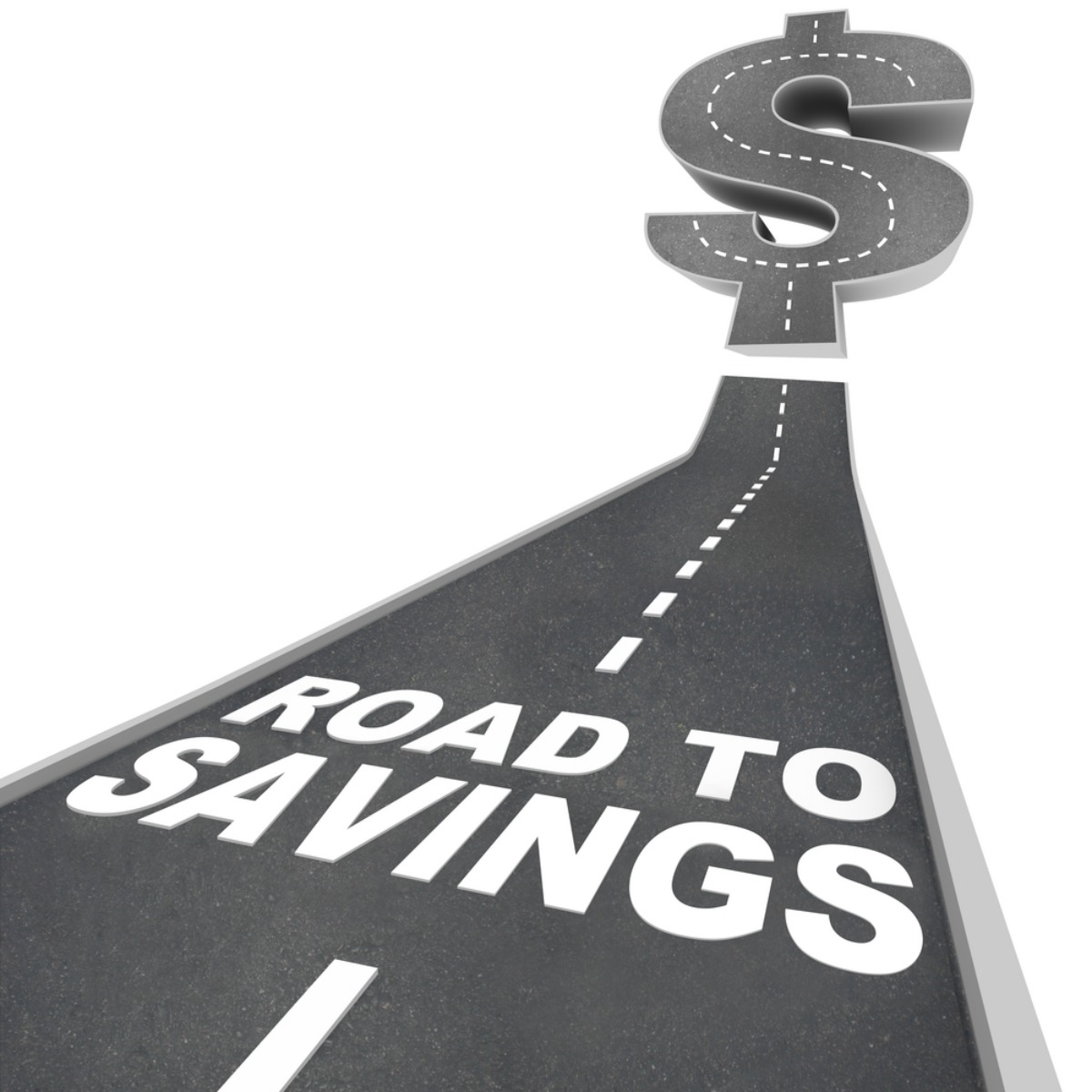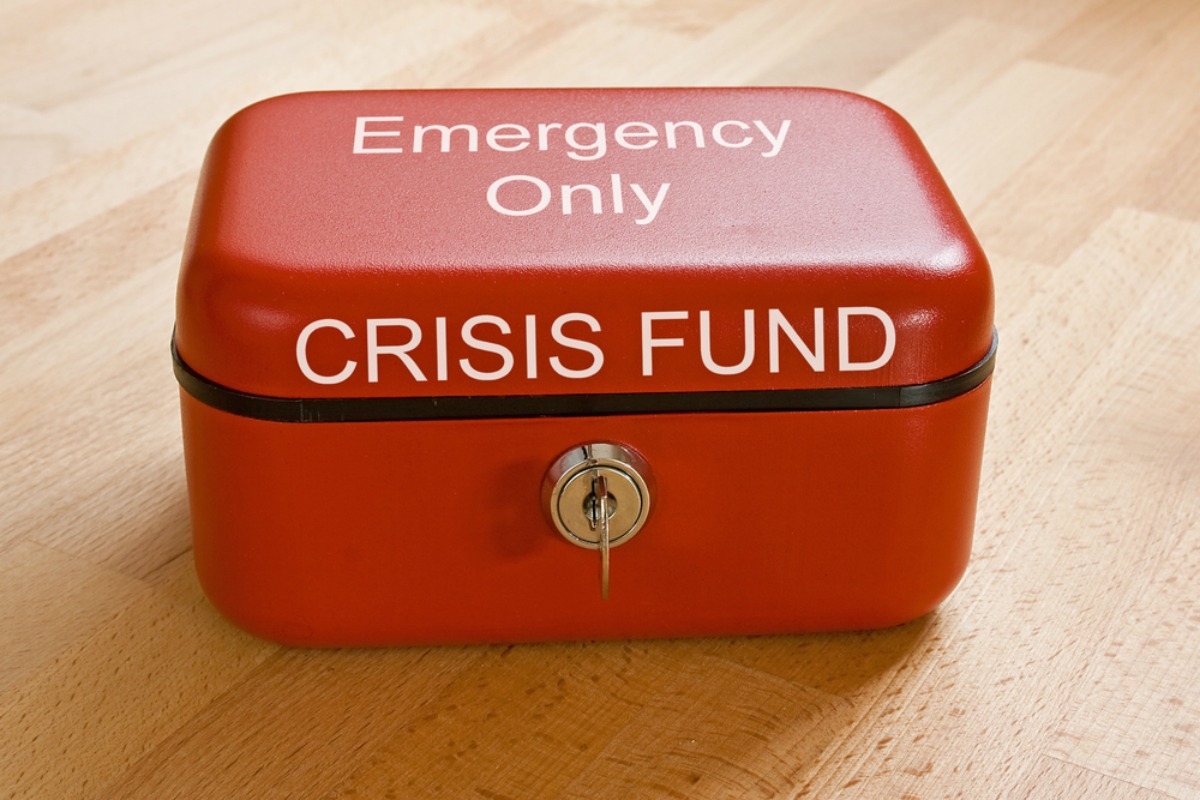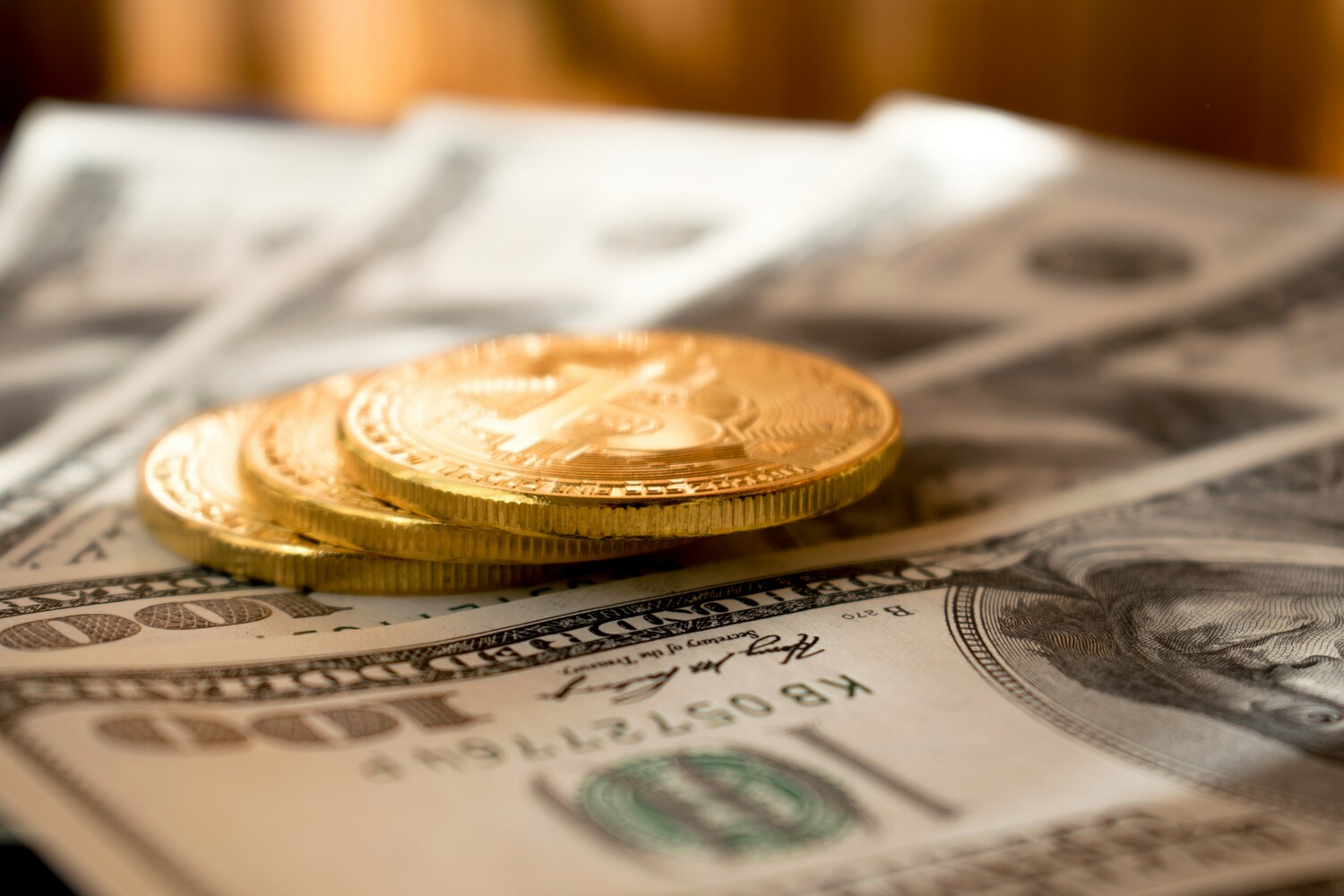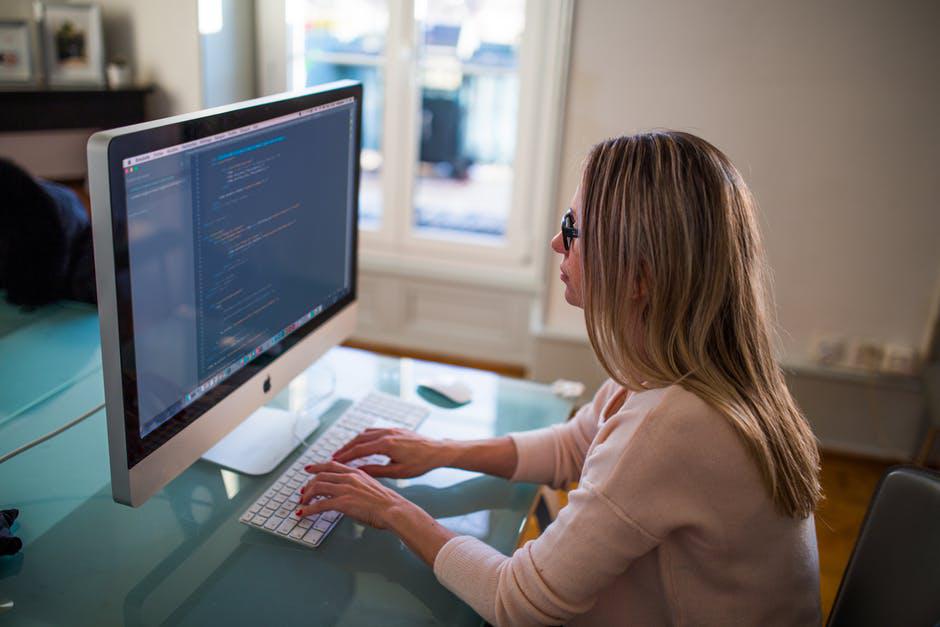Plan For The Future And Save Big With These 5 Emergency Fund Building Hacks

We’ve all heard of an emergency fund. And we’ve all heard about why they’re so important. Building up a small savings cushion can often mean the difference between sinking or swimming during an unexpected financial crisis. Or, it can save you from going into crippling debt due to a larger expense that you didn’t see coming, such as having to purchase a new car.
Emergency funds come in handy when life throws curve balls your way and having one will keep any anxiety at bay and curb the ever looming “what do I do now” panic when something unanticipated happens. Many experts suggest having an emergency fund balance that’s equivalent to 3 to 6 months of your living expenses, give or take a little.
What you can save all depends on your budget, so as long as you’re building an emergency fund, you’re already one step ahead. But that’s the hard part, actually creating the fund.
It can seem near impossible sometimes, especially when you’re already barely scraping by, but with these five tips, you’ll be able to put your mind at ease and save up some much-needed cash to get your emergency fund up and running.
Stash Extra Change

When you’re a child, you keep a piggy bank. Any loose change, pennies you’ve found on the ground, money adults gave you, it all went into the piggy bank, and you weren’t going to be spending that money anytime soon.
Well, think of your emergency fund in the same way you did your piggy bank as a kid. Anything and everything can go into it and don’t you dare spend it until it’s absolutely necessary.
Even if you don’t have the budget to put back $50 to $100 each pay period, any extra change that you do have could easily be set aside for your emergency fund. Grab a jar or container, and anytime you spend cash, take the change and put it into that jar. That could mean $5 or 5 cents. It doesn’t matter as long as you’re saving.
Once the container is full, deposit that money into your savings account and start over again. You’ll be surprised just how much money you can set back with a little bit of loose change.
Establish Goals

You hear emergency fund and know that means putting money back, but what, and how much, does that mean exactly. An emergency fund is going to look different from person to person.
Depending on your budget, income, and other necessary expenses, so you need to establish goals that you want to meet. If you want to have at least $500 set back every month to put into your emergency fund, then figure out how much you need to put aside each pay period to make that happen.
Start off by taking a long hard look at your budget, figuring out what is and is not feasible for you financial. Then, start off small by saving $20 to $50 per week, depending on what you can handle. Once you get used to the idea of putting money back from each paycheck, then you’ll be able to start accruing money to build your emergency fund.
If you’re nervous about transferring money from your checking to your savings, or are afraid that you’ll consistently forget to do it, you can always set up an automated transfer each pay period. That way, you’ll know for a fact that you’re going to be setting aside a certain amount of money each paycheck for your fund. And, after a while, you’ll get so used to putting back the money that you won’t even realize it’s been moved.
Cut Out Excess Expenses

Emergency funds are contingent on several things, budget, payments, and the daily ins and outs of life. If your budget and your monthly payments allow for plenty of wiggle room to create an emergency fund, but you can’t seem to find the extra cash to do so, after indulging during the week? Maybe it’s time to reevaluate the things that are necessities, and things that are just there for enjoyment.
Now, everyone needs something that isn’t home or work related that brings them joy in their life. Maybe that’s a cup of coffee on the way to work or ordering take-out on Friday nights or going out for a night on the town with friends every Saturday.
These things are all well and good in moderation. But, if you’re eating out more than you cook at home, or your entire weekend is dedicated to spending money, and you don’t have enough to put back into savings, then it’s time to cut back.
Only go out with friends one night of the weekend, cut down your lattes to three a week, and just eat out on Fridays. Things like that can make all the difference when you’re trying to build up savings.
Use It Only for Emergencies

One of the most common problems that people have with building emergency funds isn’t saving money, but the actual spending of the fund once it’s there.
After a few months of putting back $200 to $500 per month, you’ve accrued a nice chunk of change, and your natural inclination is to plan your next big trip or buy that higher priced item that you’ve been wanting for a while. But that isn’t going to save you when you need the added cushion that your emergency fund was meant to help you with.
It’s important to remember that your emergency fund is just that, for emergencies. You never know when you’re going to need it for expenses you can’t foresee, like getting laid off from work or major car repairs. Keep your emergency fund separate from your “play” money. You’ll be glad you did if anything ever happens.
Keep Your Money Growing

Even if you’re not the biggest fan of keeping large sums of money in a bank, keeping your emergency fund in a bank savings account will actually work out in your favor in the long run.
When opening a savings account, most banks offer incentives for continuing to keep that account up and running, such as offering interest rates for the account. So, if you deposit $500 and it gains a 2 percent monthly compounded interest, at the end of the year that $500 will have grown to roughly $1,700. Imagine the savings you’d accumulate if you continued to put back $500 into that account monthly.
Making sure your money is put into an interest gaining savings account is a simple task that, in the long run, will bring your emergency fund from decent to something you can definitively count on.






